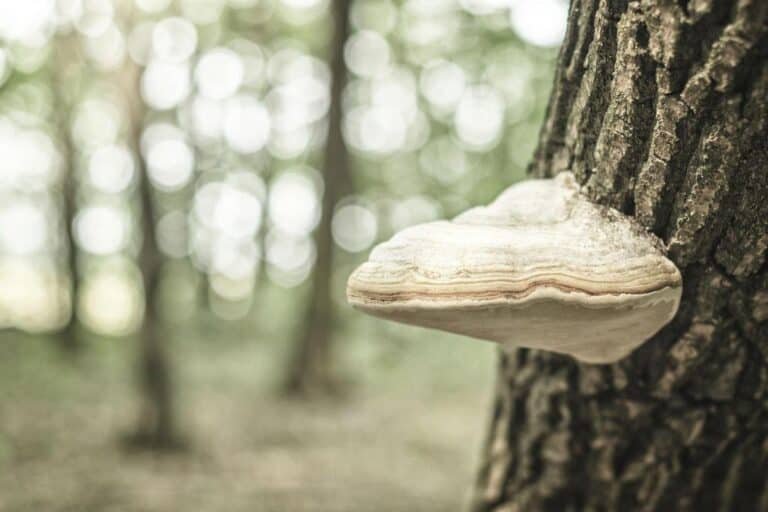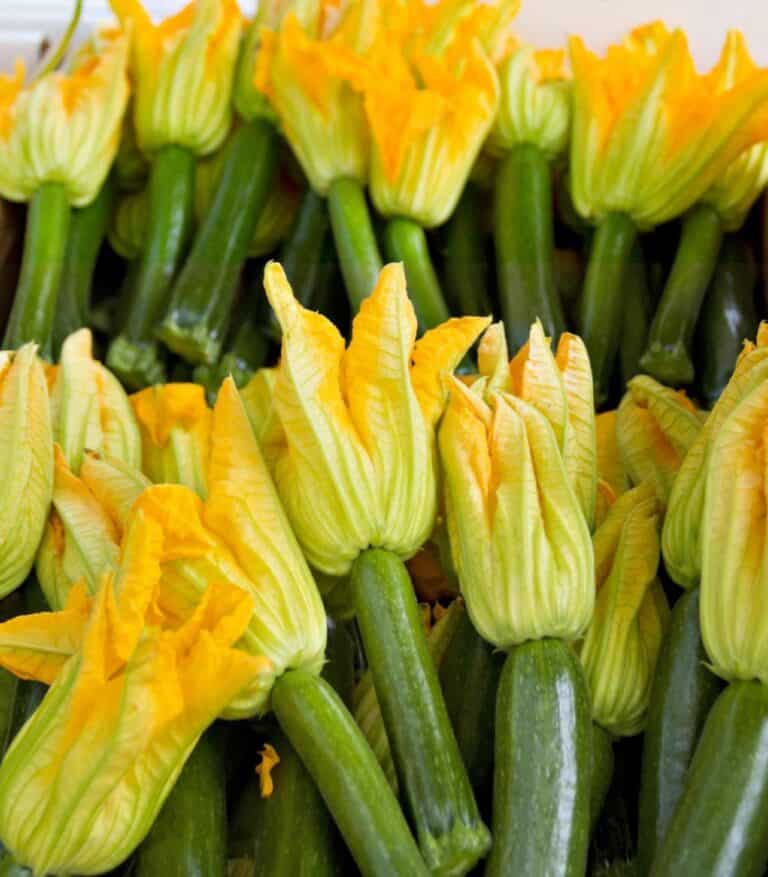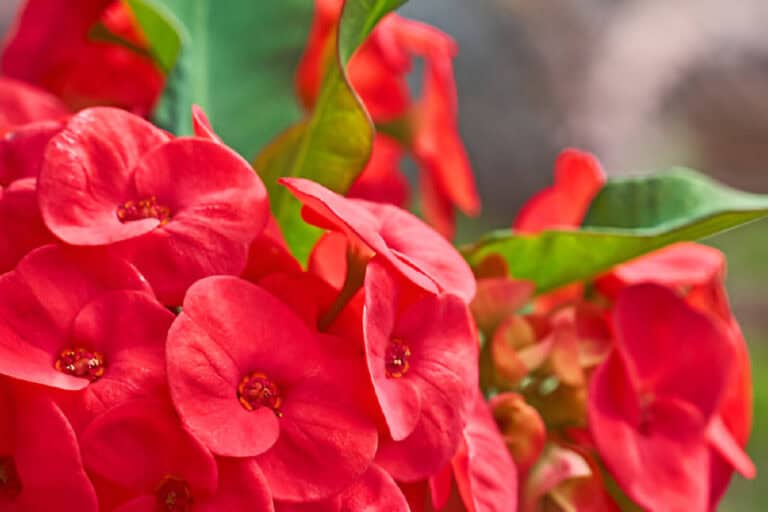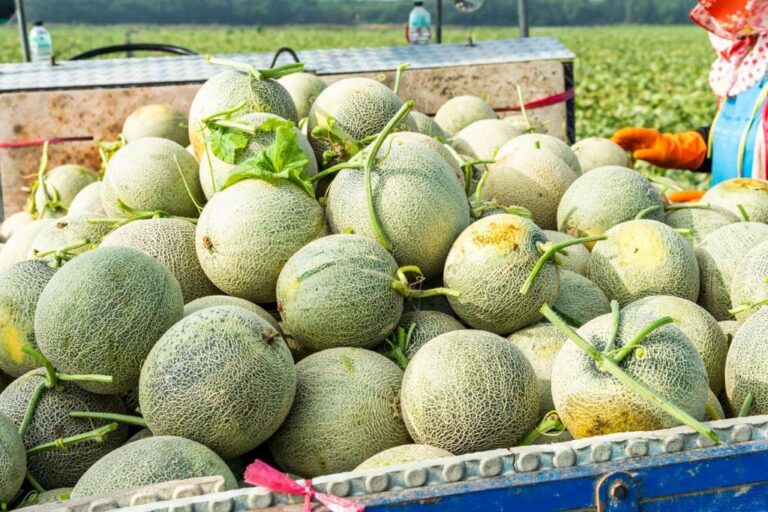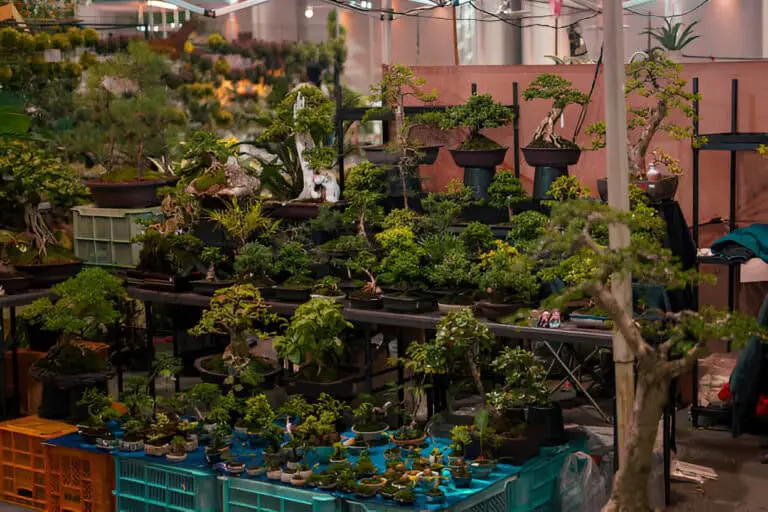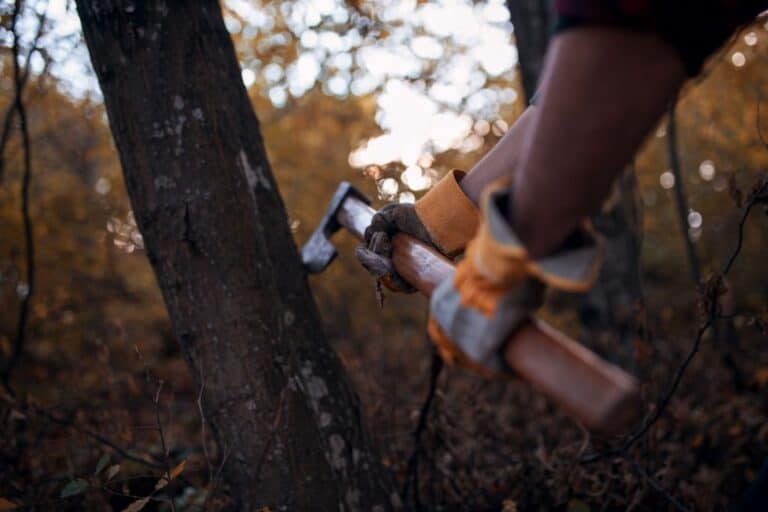Why Is My Nandina Losing Its Leaves? (And How to Treat Them)
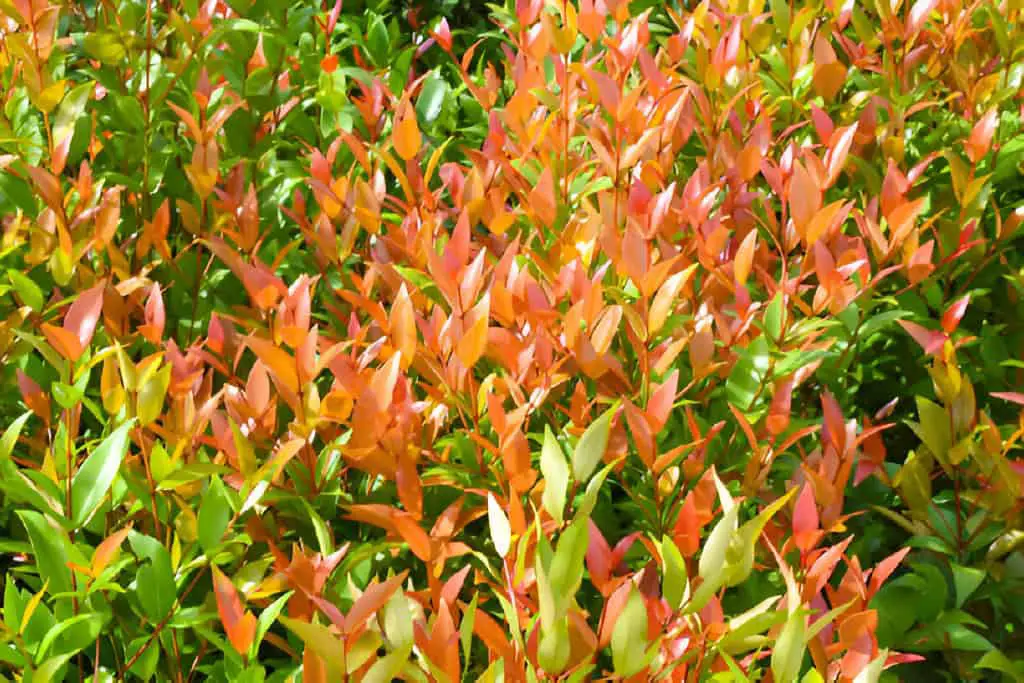
Nandina is also called heavenly bamboo. People love it for its bright leaves and easy care. This makes it a popular choice for gardens and landscapes. However, encountering leaf loss in your Nandina can be alarming. In this detailed guide, we’ll delve into why Nandina leaves drop. We’ll also cover effective ways to fix the issue.
This guide is comprehensive. We delve into the main causes of Nandina leaf drop. They range from environmental stress to pests and nutrient problems. This article aims to uncover these factors and give you treatment tips. They will help you nurture healthy Nandina plants in your garden.
Introduction to Nandina or Heavenly Bamboo
Nandina, is a versatile and ornamental plant that adds beauty to any garden or landscape. Despite its name, nandina is not actually a bamboo but rather a member of the Berberidaceae family. People prize this evergreen shrub for its graceful, bamboo-like leaves. It also has vibrant berries that add color and interest all year.
One of the standout features of nandina is its changing foliage throughout the seasons. In spring, the leaves emerge bright green and gradually turn to a deep green as they mature. In fall, the foliage takes on stunning shades of red, orange, and purple, providing a striking display of color. Nandina’s berries, which appear in late summer and fall, start out green and transition to bright red, adding a pop of color to the garden.
In addition to its aesthetic appeal, nandina is also valued for its low maintenance requirements. This hardy plant is drought tolerant once established and is relatively pest and disease resistant. Its compact growth habit makes it suitable for a variety of garden settings, from borders to containers. Whether used as a focal point, hedge, or accent plant, nandina’s beauty and versatility make it a popular choice among gardeners.
Is It Normal for Nandina to Lose Leaves During Certain Seasons?
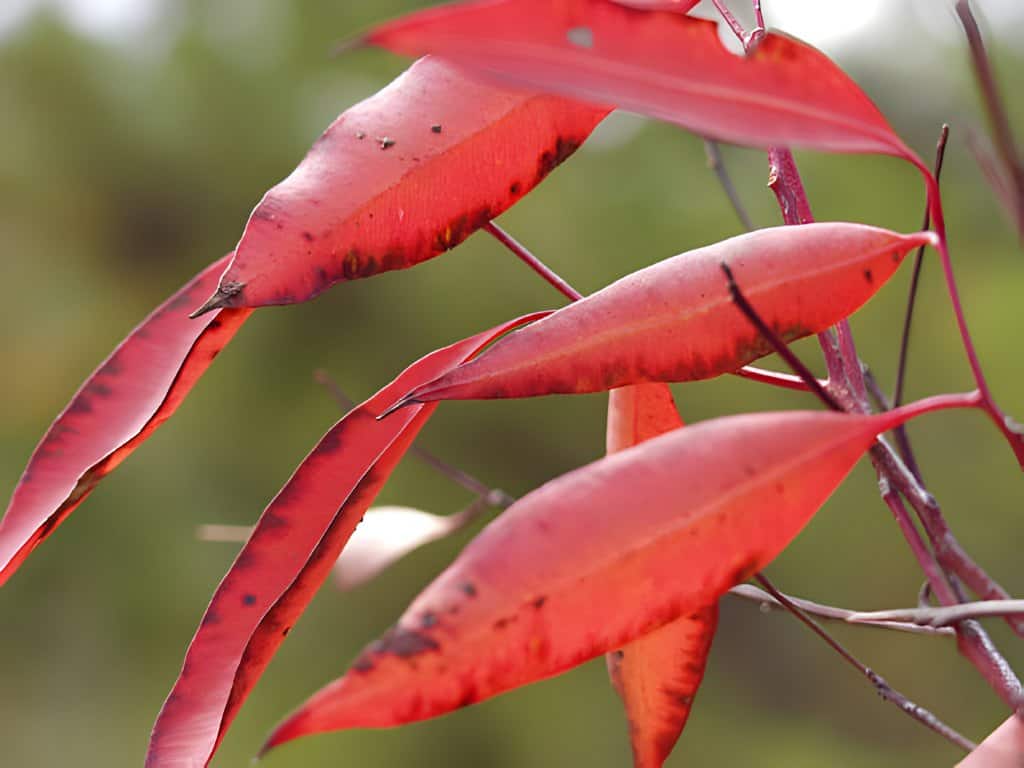
It is normal for Nandina, to lose some leaves during certain seasons. In general, Nandina plants are deciduous, meaning they naturally shed their leaves in the fall. This leaf drop is a part of the plant’s natural life cycle and is nothing to be concerned about. During the fall, Nandina leaves may change color, turning vibrant shades of red, orange, or yellow before falling off.
Additionally, Nandina plants may also lose some leaves during periods of stress, such as drought or extreme heat. This leaf loss is a protective mechanism, as the plant sheds leaves to reduce water loss and conserve energy. However, if your
Nandina is losing many leaves outside of the fall or during stress. This may mean there are pests, diseases, or nutrient issues.
In such cases, carefully examine your Nandina plant. Fix any problems quickly to keep it healthy and vital.
Understanding Why Nandina Losing Its Leaves
- Environmental Stress: Nandina plants are sensitive to environmental changes. Exposure to extreme temperatures, strong winds, or sudden shifts in climate can stress the plant, leading to leaf shedding.
- Watering Issues: Nandina has issues with watering. Bad practices, like too much or too little water, can hurt it. Overwatering can suffocate the roots, causing root rot and subsequent leaf yellowing and dropping. Conversely, underwatering can result in drought stress, leading to wilting and leaf loss.
- Pest Infestations: Pests are a common problem for Nandina plants. Aphids, spider mites, and scale insects can infest them. The pests feed on their sap and weaken them. This pest activity can cause leaves to yellow, curl, and eventually fall off.
- Disease Susceptibility: Nandina plants may be susceptible to fungal diseases such as powdery mildew and leaf spot. Diseases cause white, powdery growth on leaves or dark spots. This leads to premature leaf drop and weakens the plant’s health.
| Related: Does Vinegar Kill Powdery Mildew? |
- Nutrient Imbalance: Insufficient or excessive nutrients, particularly nitrogen, potassium, and iron, can affect Nandina’s foliage. Lack of nutrients or too many can cause chlorosis. Chlorosis is yellowing of leaves. It can lead to leaf loss if not fixed.
How to Treat Nandina Leaf Loss
1. Environmental Management: Assess the plant’s location and ensure it is planted in well-draining soil with adequate sunlight. Nandina plants thrive in partial shade to full sun conditions. Consider using mulch to maintain soil moisture and regulate temperature around the roots.
2. Proper Watering Practices: Establish a regular watering schedule, ensuring the soil is consistently moist but not waterlogged. Use a moisture meter to monitor soil moisture levels and adjust watering frequency based on weather conditions. Avoid overhead watering to minimize fungal diseases.
3. Pest Control Measures: Monitor Nandina plants for signs of pests. These include discolored leaves, webs, or sticky residue. Use insecticidal soap or neem oil to treat aphids and spider mites. For severe infestations, consult with a pro pest control service. They will apply the right treatments safely.
4. Disease Prevention and Treatment: Improve air circulation around Nandina plants by pruning overcrowded branches and removing any diseased foliage promptly. Use fungicides labeled for ornamental plants. They control fungal diseases. Follow the application instructions carefully to protect the plant and environment.
5. Nutrient Management: Conduct a soil test to identify any nutrient deficiencies or imbalances affecting your Nandina plant. Based on the results, apply a balanced fertilizer formulated for acid-loving plants in early spring. Follow the recommended dosage rates. They ensure proper nutrient uptake and promote healthy foliage growth.
| See also: Why Is My Crassula Losing Leaves? |
How Can I Tell if My Nandina Is Healthy Despite Losing Leaves?
Assessing the health of your Nandina despite leaf loss involves several key observations. Start by examining the overall appearance of the plant. A healthy Nandina will have sturdy branches and a bushy growth habit. While some leaf loss is normal, a healthy plant will still have a significant number of leaves that are green and vibrant.
Next, consider the plant’s growth pattern. A healthy Nandina will continue to produce new growth, even if it is losing some leaves. Look for new shoots and leaves sprouting from the branches. Additionally, check the plant for signs of pests or disease. Healthy Nandina plants resist pests and diseases. So, if you notice issues, it may mean a hidden health problem.
To maintain the health of your Nandina, proper care and maintenance are essential. Ensure your plant is planted in well-draining soil and receives adequate water and sunlight. Regular pruning can also help promote healthy growth and reduce stress on the plant. If you are unsure about the health of your Nandina, consider consulting with a professional gardener for guidance.
Conclusion
Identifying why Nandina leaves fall is crucial. It helps us find effective solutions and restore the plant’s health. You can help your Nandina thrive and keep its lush foliage. Do this by dealing with environmental stressors. Water properly. Manage pests and diseases early. And ensure optimal nutrients.
Regular monitoring ensures your Nandina stays beautiful and resilient. Timely intervention guarantees it thrives in your garden or landscape for years.

